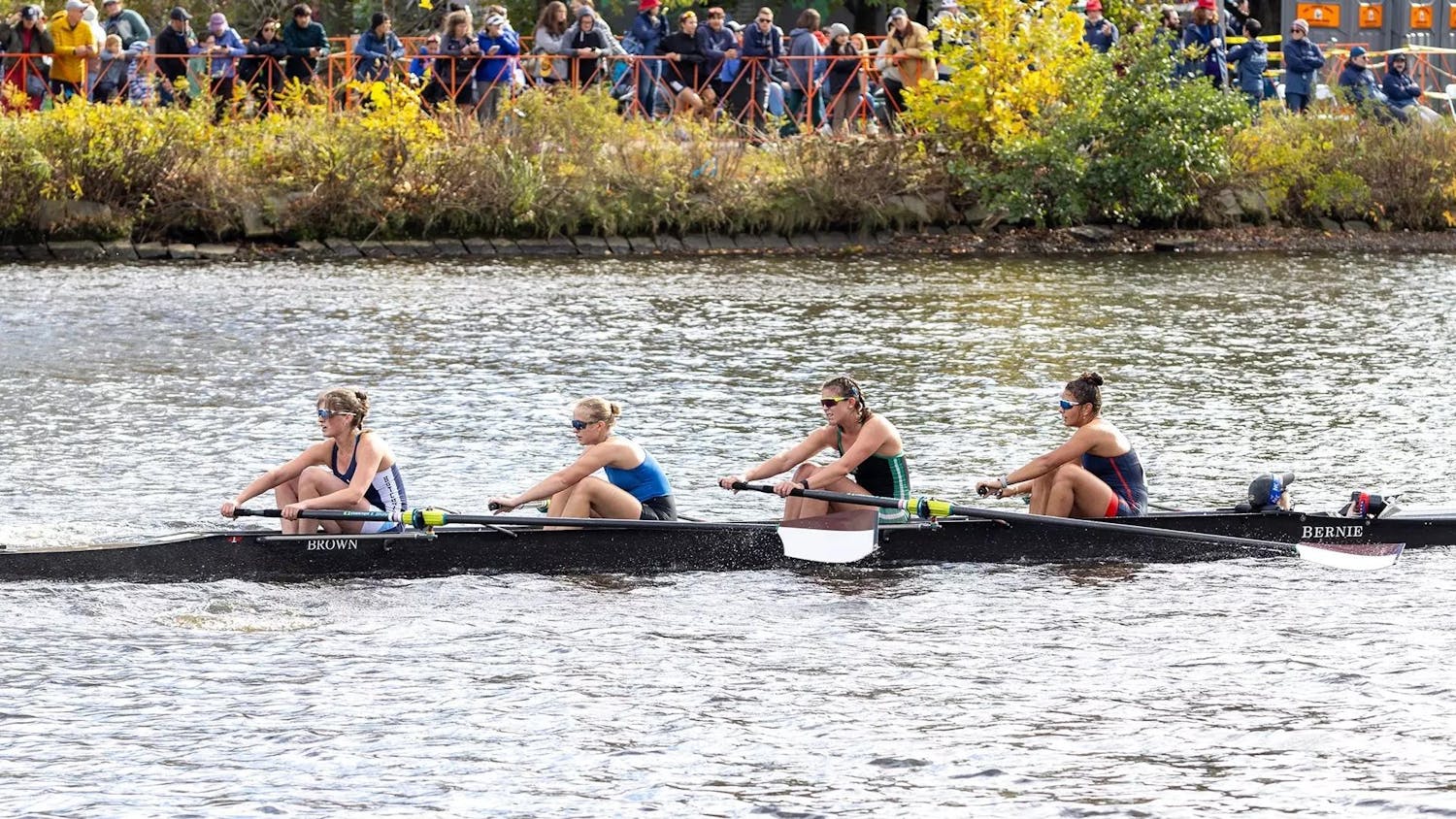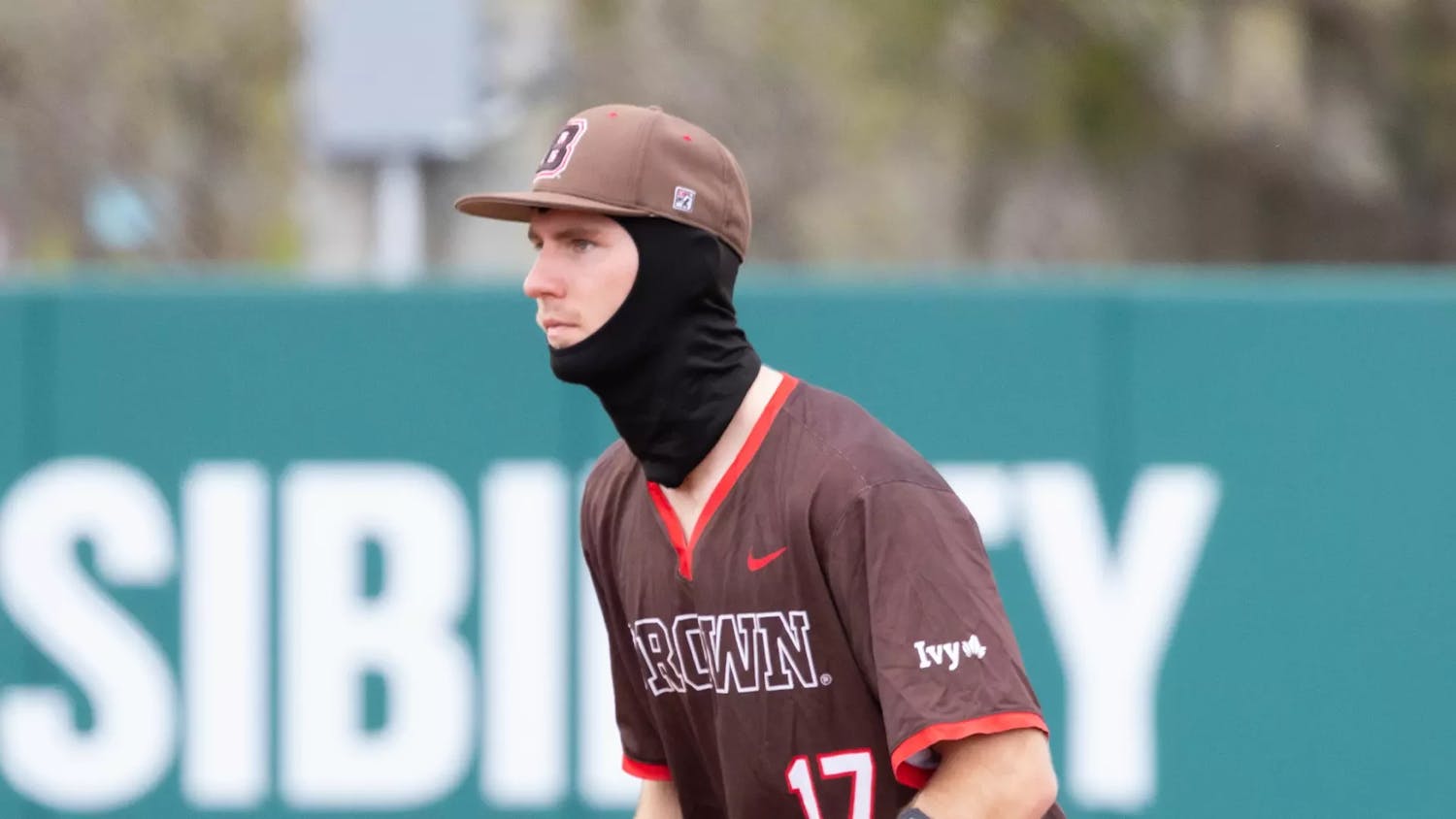Back in December, I predicted that the Baseball Writers’ Association of America, when it released the results of its Hall of Fame voting Jan. 18, would “somehow screw it up.” As I watched the results come in, I was pleasantly surprised at the inductees, but vaguely annoyed at the predictable, yet no less frustrating, rejects.
First, the inductees. Surprising as it may be, the voters did an excellent job by finally electing Jeff Bagwell and Tim Raines, and inducting Ivan Rodriguez in his first year on the ballot. Some will bicker over Rodriguez’s first-ballot selection — “he’s not a first-ballot guy.” I give the argument little credence.
Similarly, there are justifiable complaints to make about the exclusion of Trevor Hoffman and Vladimir Guerrero. Hoffman’s 601 career saves, while statistically meaningless, should be worth something, and Guerrero’s career .318/.379/.553 slash line and 449 home runs, without any murmurs of steroid use, should be worth even more. But again, their omissions are no crime: both received over 70 percent of the vote, and will almost certainly be inducted next year.
So the BBWAA did its job and inducted three fine candidates, which explained my pleasant surprise as I watched the results unveiled. But as always with the BBWAA, there remained an undercurrent of frustration. As many players as there are that deserve induction, they can not — or will not — all get elected, so long as the BBWAA continues to operate in its current, antiquated form. As the ballot was revealed and many deserving Hall of Famers remained stuck in no-man’s land, I raised a metaphorical toast to these players.
Here’s to Edgar Martinez, still unelected because he was a designated hitter. He was one of the most feared hitters of his generation, and statistical experts are in near-unanimous agreement on his deserving enshrinement in Cooperstown, New York. The voters, on the other hand, are not. What does this say about their grasp of statistics?
Here’s to Larry Walker, whose 72.6 career Wins Above Replacement should merit a spot on their own. Walker’s OPS+, a metric measuring offensive output, is better than Jeff Bagwell’s, who received 86.2 percent of the vote. So why not Walker? Because he played at mile-high Coors Field, probably. The voters must not have examined his home/road splits — or else must think that the stadium he played in is cause enough to deny induction.
Here’s to Fred McGriff, whose 493 home runs during the steroid era — without suspicion of performance enhancing drug use — are impressive enough on their own, without the career .377 On-Base Percentage. McGriff has been stuck near 20 percent of the vote since he hit the ballot. That is a shame.
And, of course, here’s to Billy Wagner. By all available measures, Wagner is one of the greatest closers of all time. Among relief pitchers with at least 500 career innings pitched, Wagner has the second-lowest earned run average of all-time behind only Mariano Rivera. He has the second-best earned-runs-average-plus (an adjusted, improved version of ERA) of all time, behind — again — only Rivera. He’s also tied for second all-time in walks plus hits by innings pitched and strikeout rate. Voters, looking at Billy Wagner, see his 422 career saves, and compare the total to Trevor Hoffman’s 601. But the save statistic, again, is meaningless. The voters’ comparative ignorance of statistical reality has already been established, but it’s especially frustrating when it keeps Billy Wagner not only out of the Hall of Fame, but also at only 10 percent of the vote.
There are others, of course — Mike Mussina and Curt Schilling come immediately to mind. Schilling’s support actually dropped from last year’s ballot, while most other candidates saw their support rise. Statistically, Schilling’s case is borderline. His drop in support is almost definitely attributable to his run-ins on social media (that resulted in his firing from ESPN), including tweeting a picture of a t-shirt bearing the words, “rope, tree, journalist. Some assembly required” — not a good idea when one’s candidacy is being voted on by a group of journalists.
Mussina, meanwhile, is a victim of the steroid era. While traditional statistics like a 3.68 ERA paint a picture of a slightly above-average pitcher, Mussina’s ERA+ of 123 and his career 82.7 WAR show a different pitcher: one who, for the era during which he pitched, was as good as or better than Juan Marichal, Bob Feller and Don Drysdale — all Hall of Famers.
The cases of Mussina and Schilling are borderline. The cases of Walker, Wagner and Martinez seem less so. Either way, all of these players have, in one way or another, been passed over by the BBWAA for entirely the wrong reasons.
So here’s to the Hall of Famers waiting at the bottom of the ballot. Here’s to the players who displayed greatness on the field, whether voters who seem no longer to understand the game noticed it or not. And here’s to their greatness one day being deservingly recognized.
James Schapiro ’19 can be reached at james_schapiro@brown.edu.




